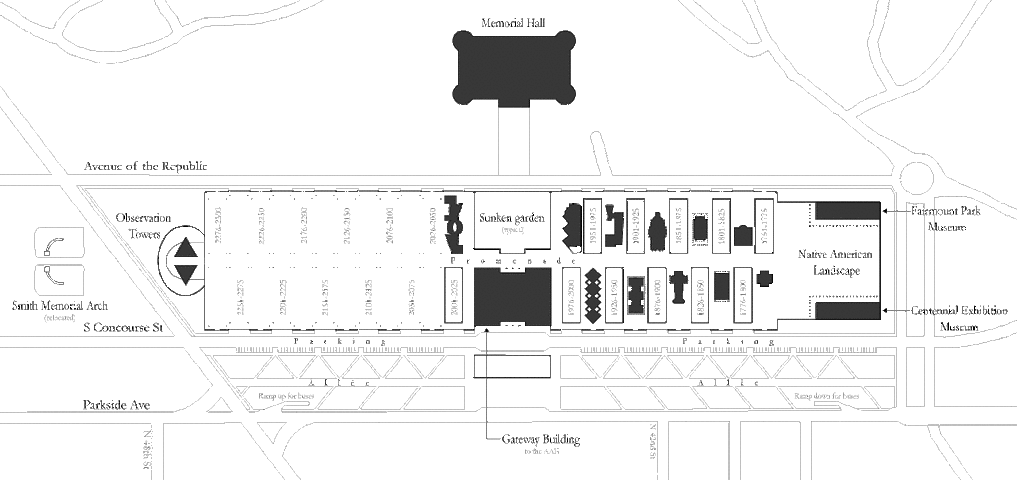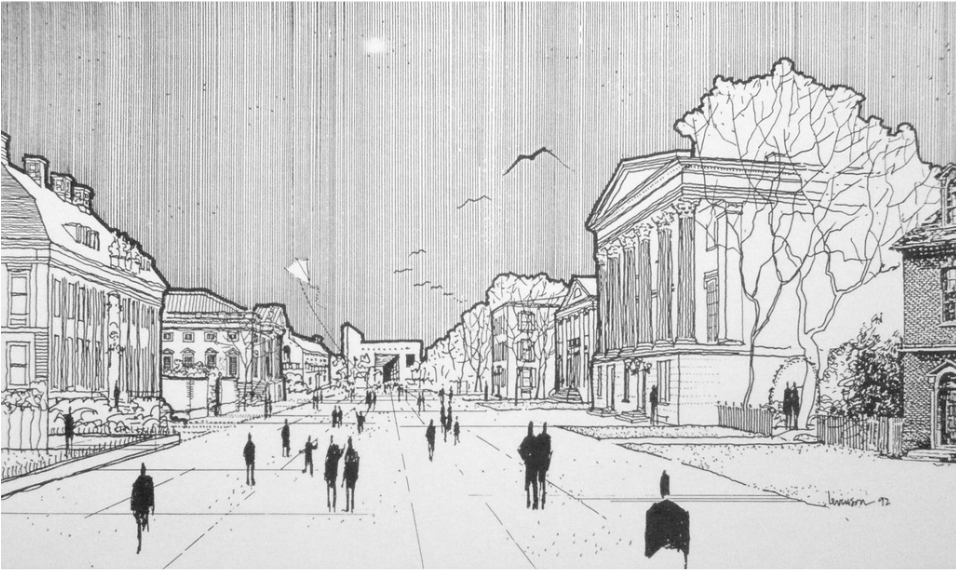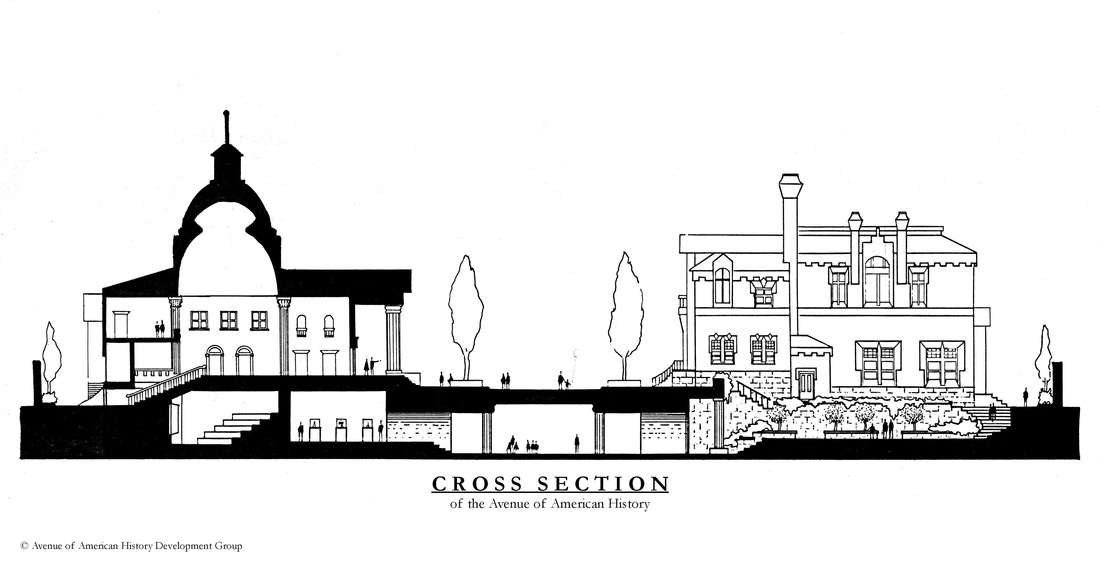Avenue of American History
Description of the Avenue's Buildings & Contents
Building 26 |
|
Gateway Building |
|
Retrospective Halls of History |
|
Sunken Gardens |
|
Concourse Level |
|


